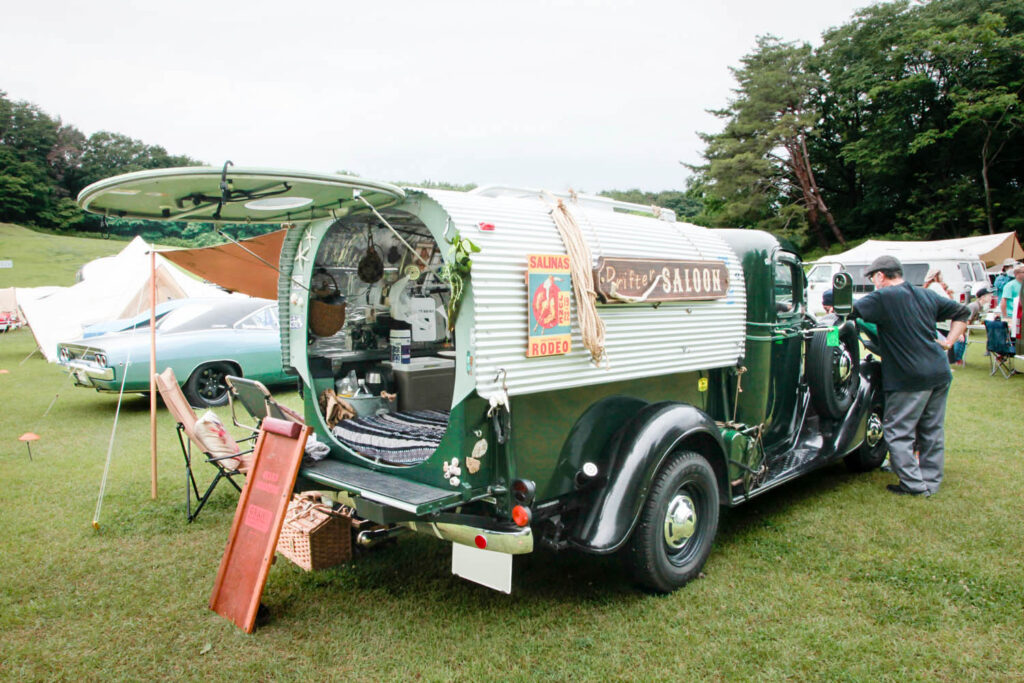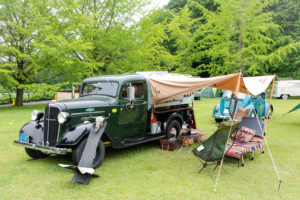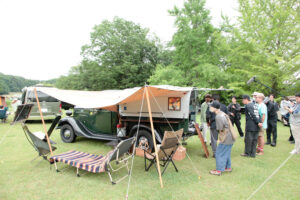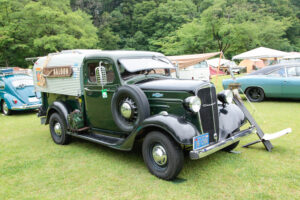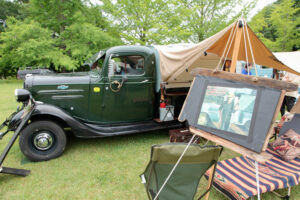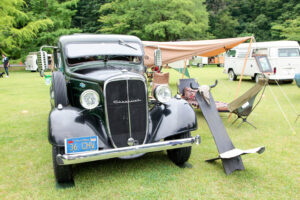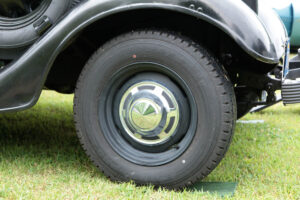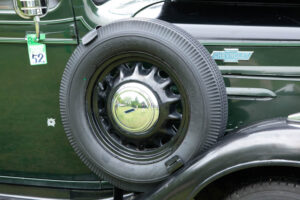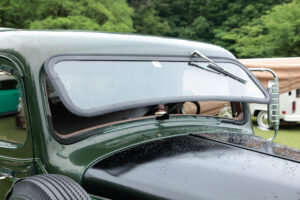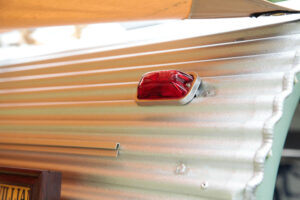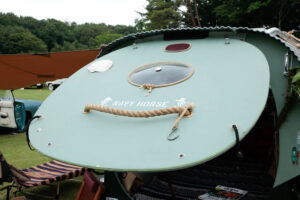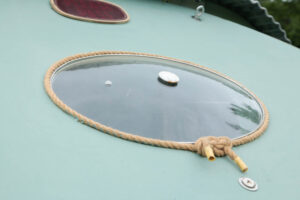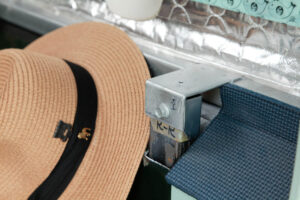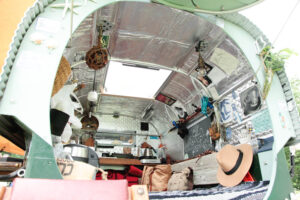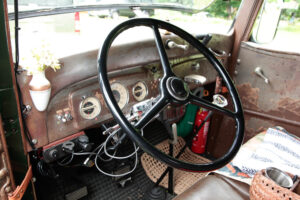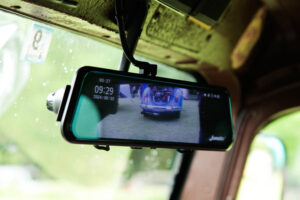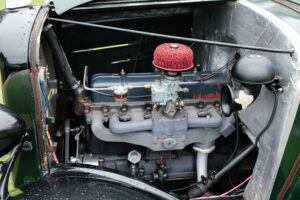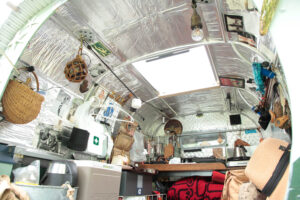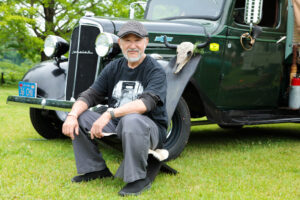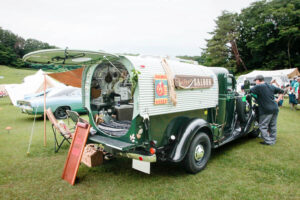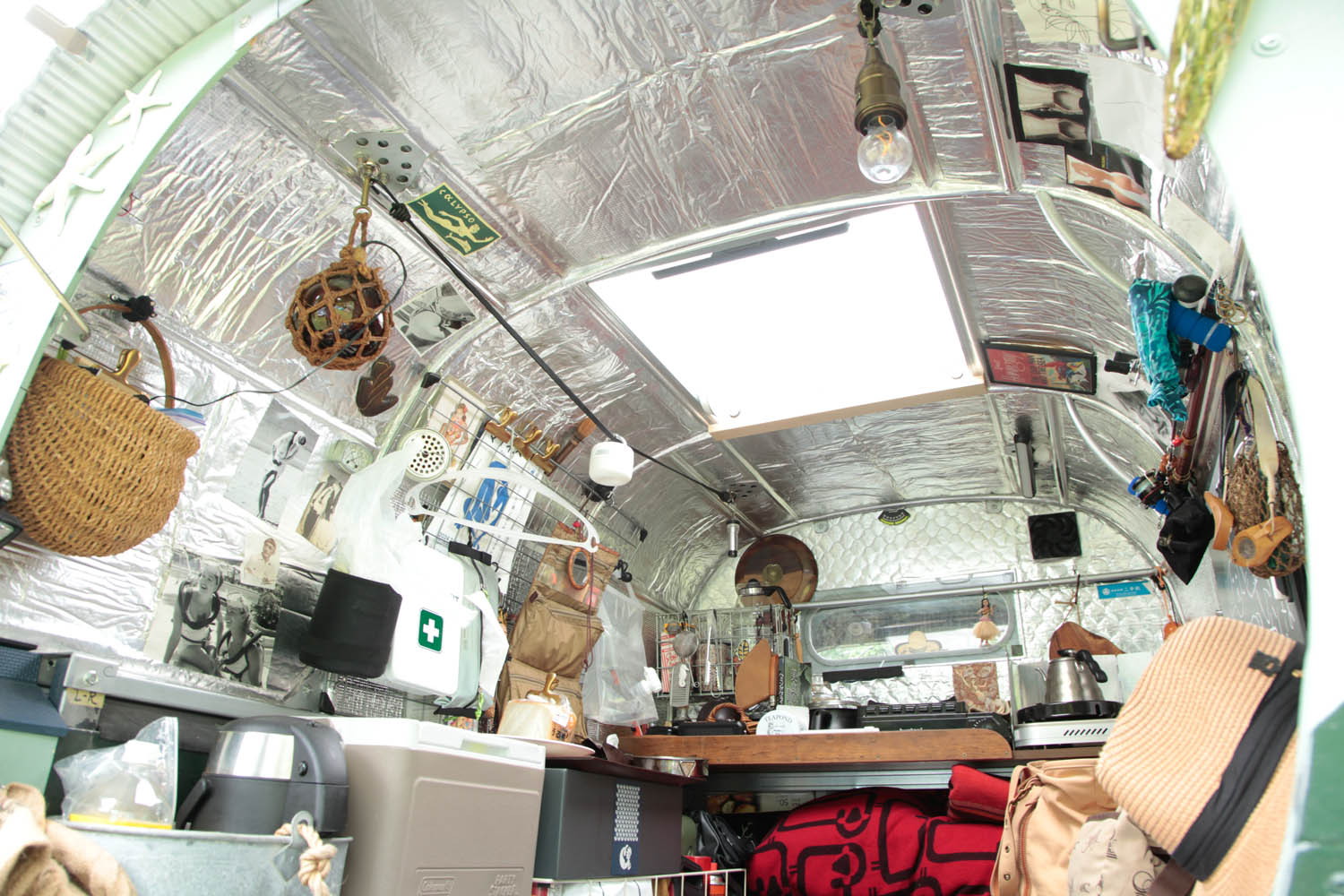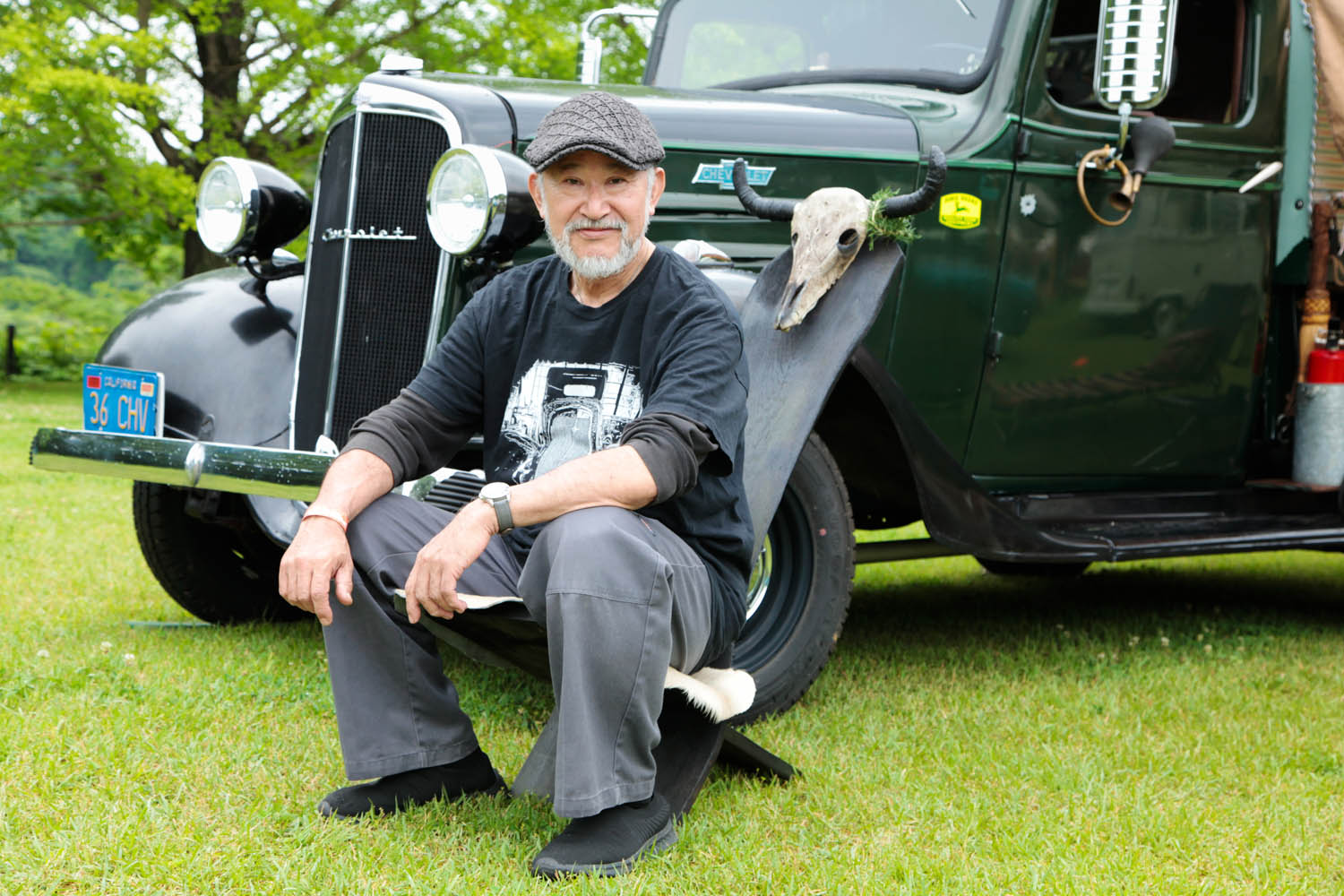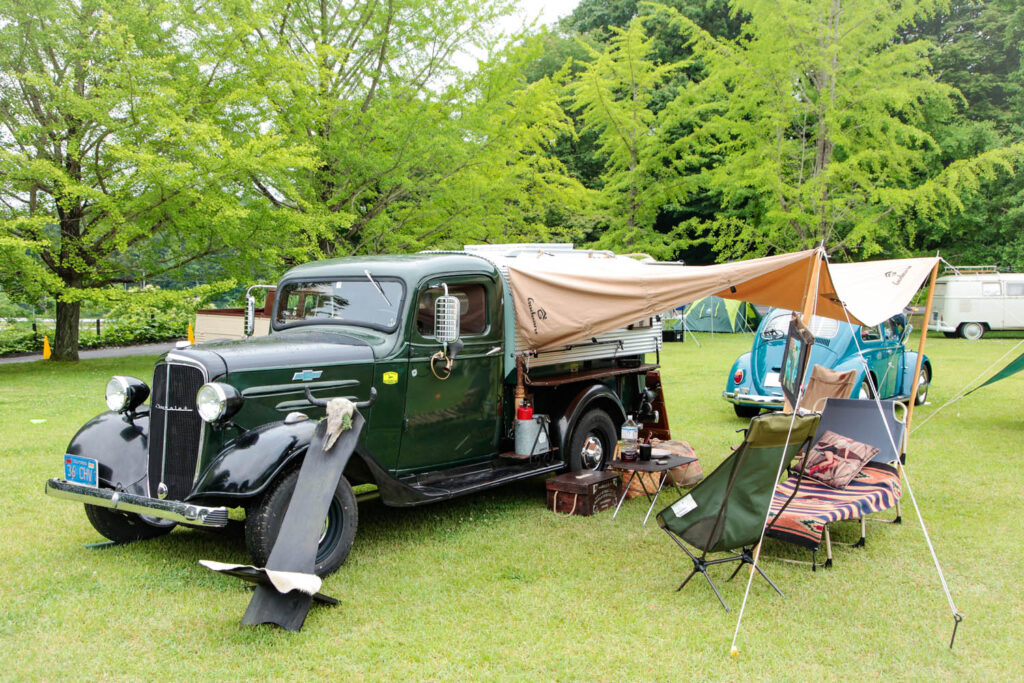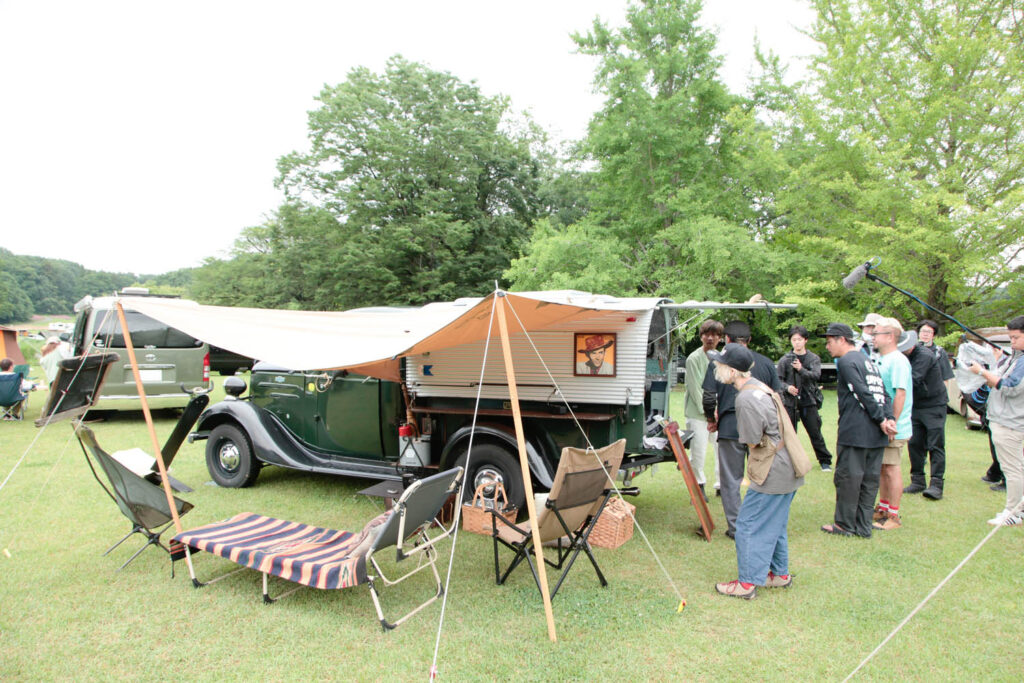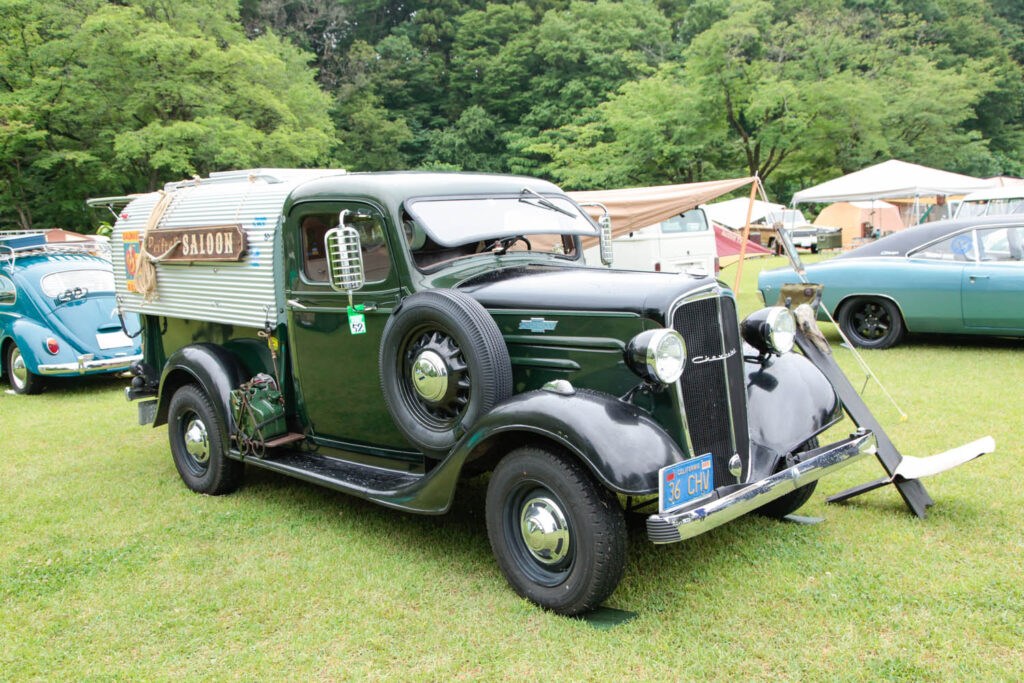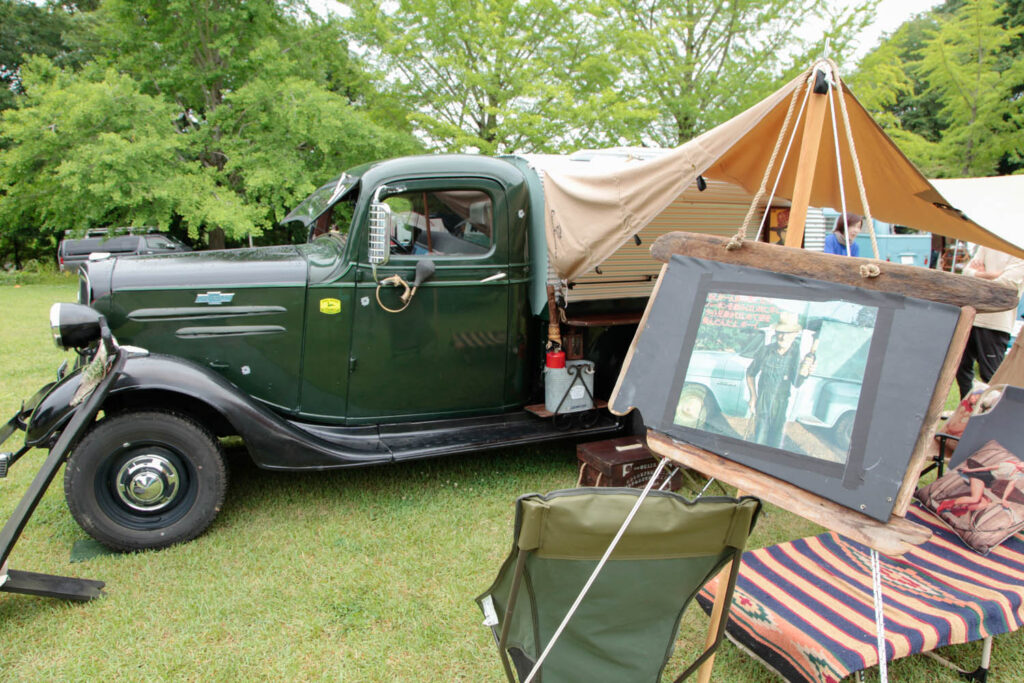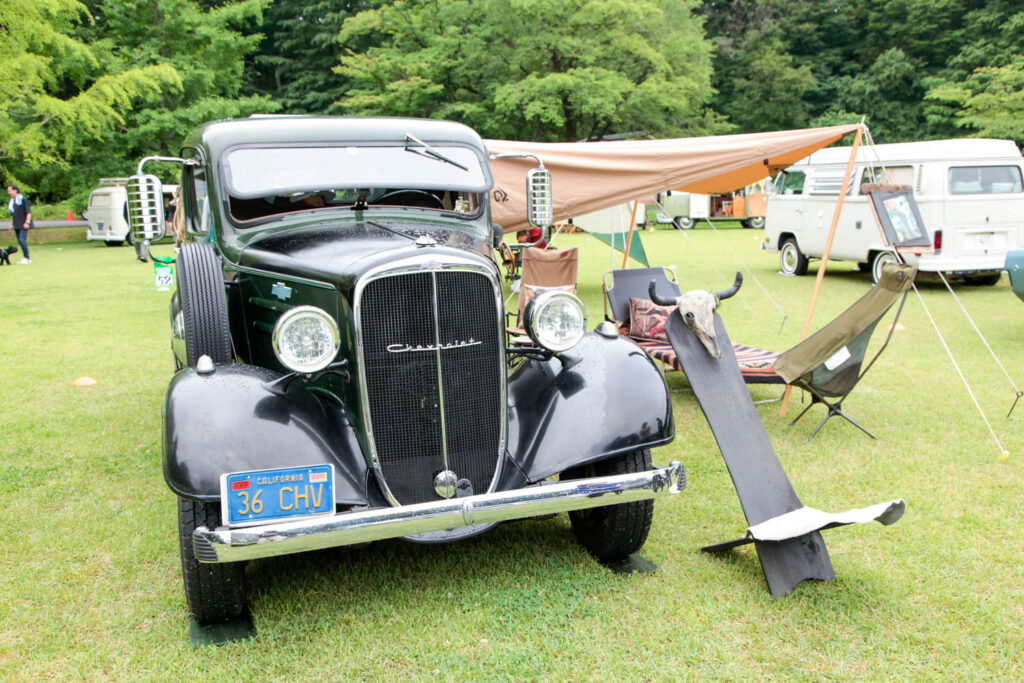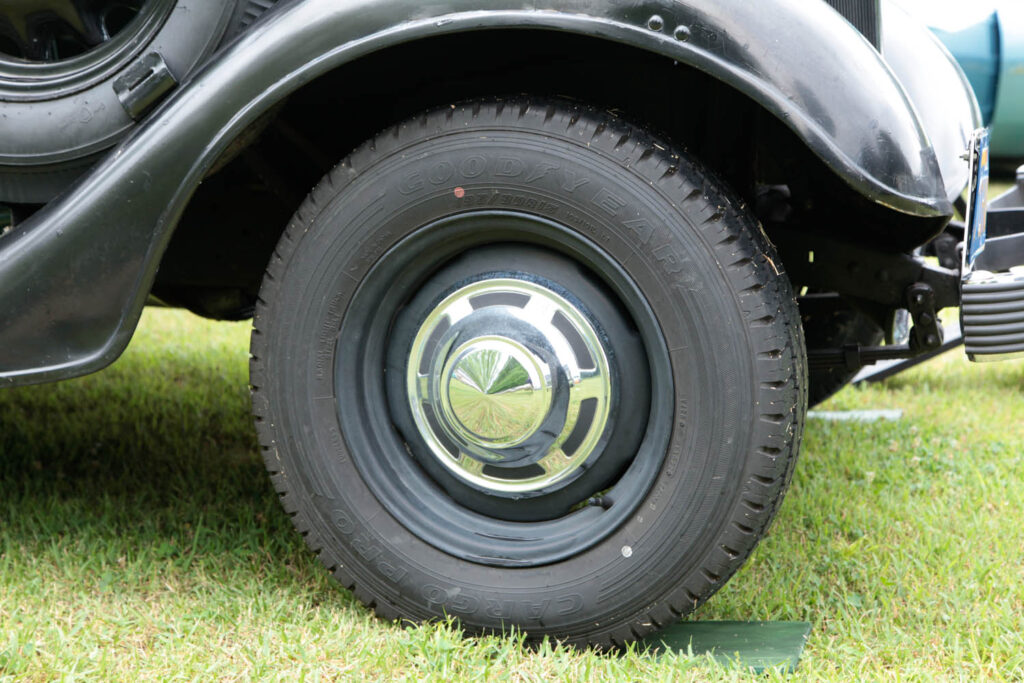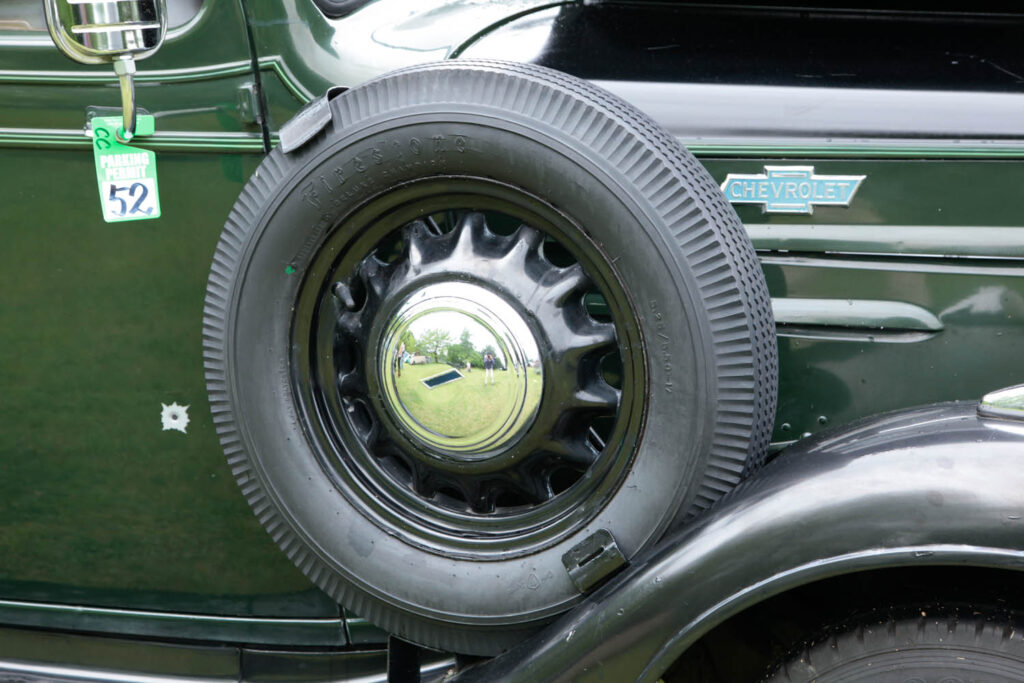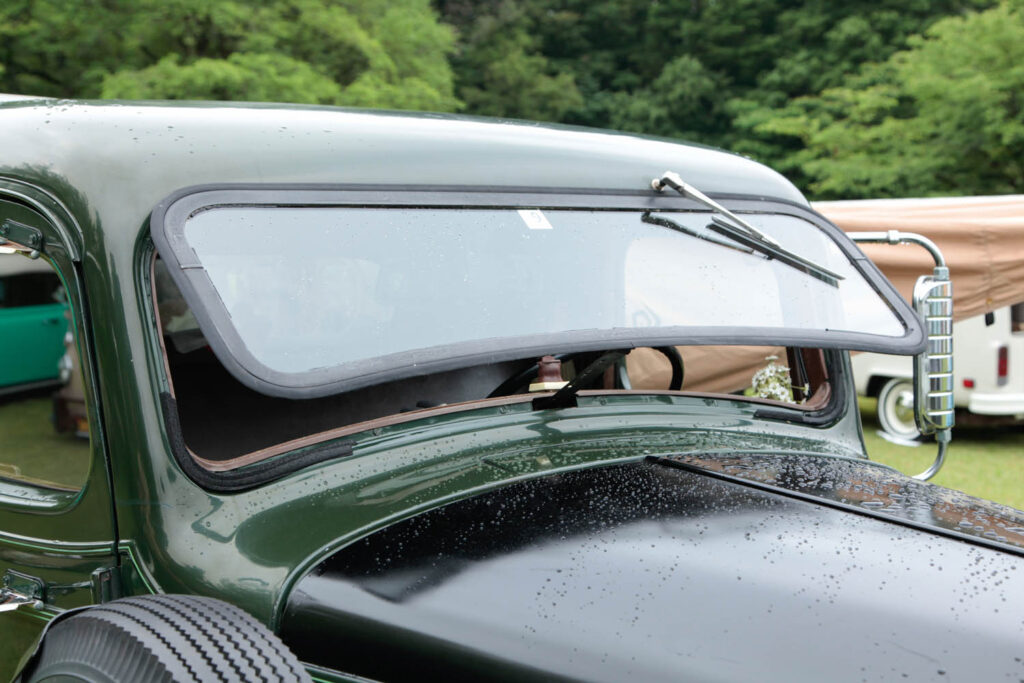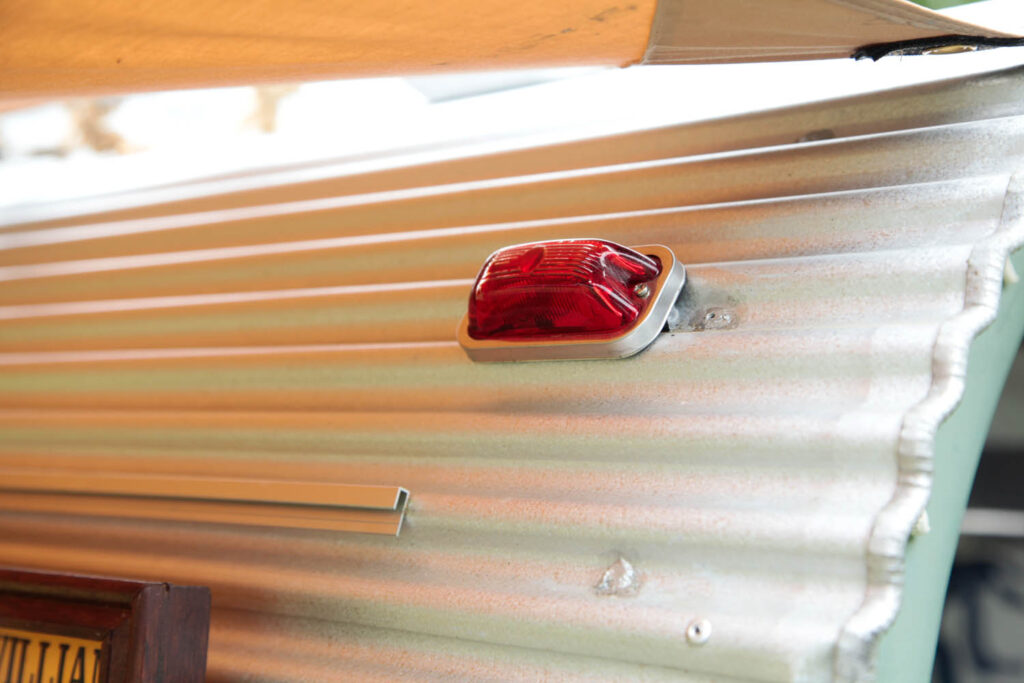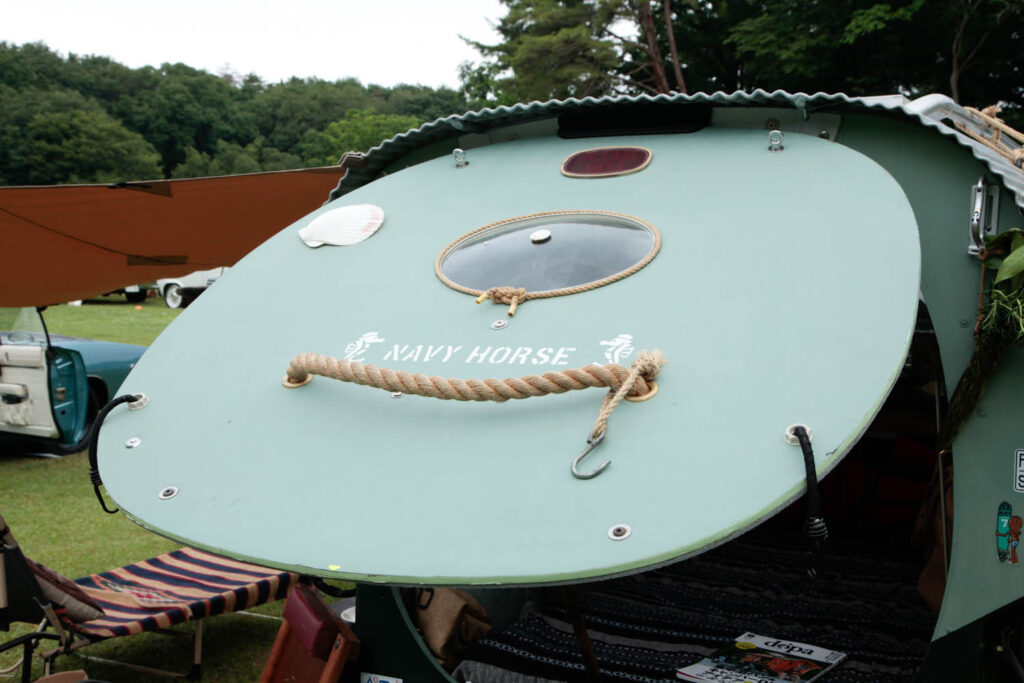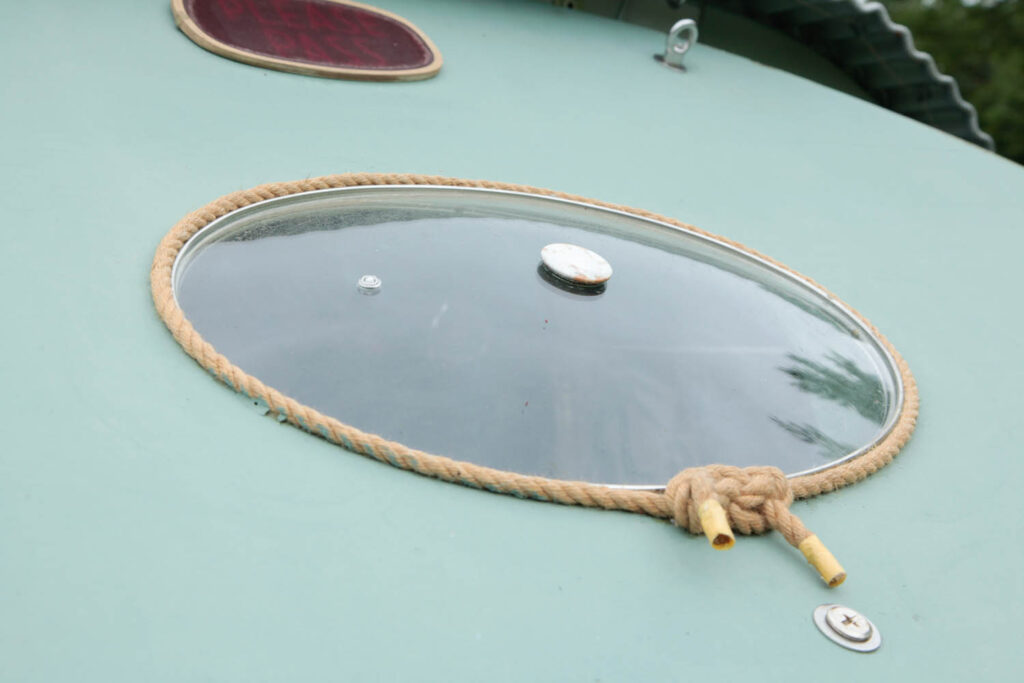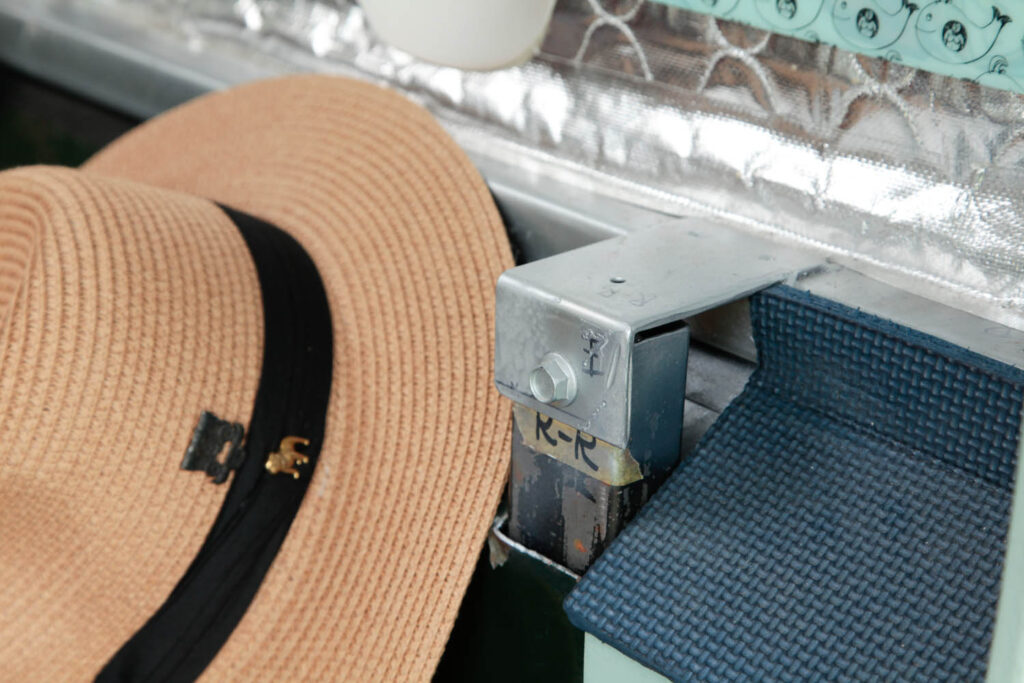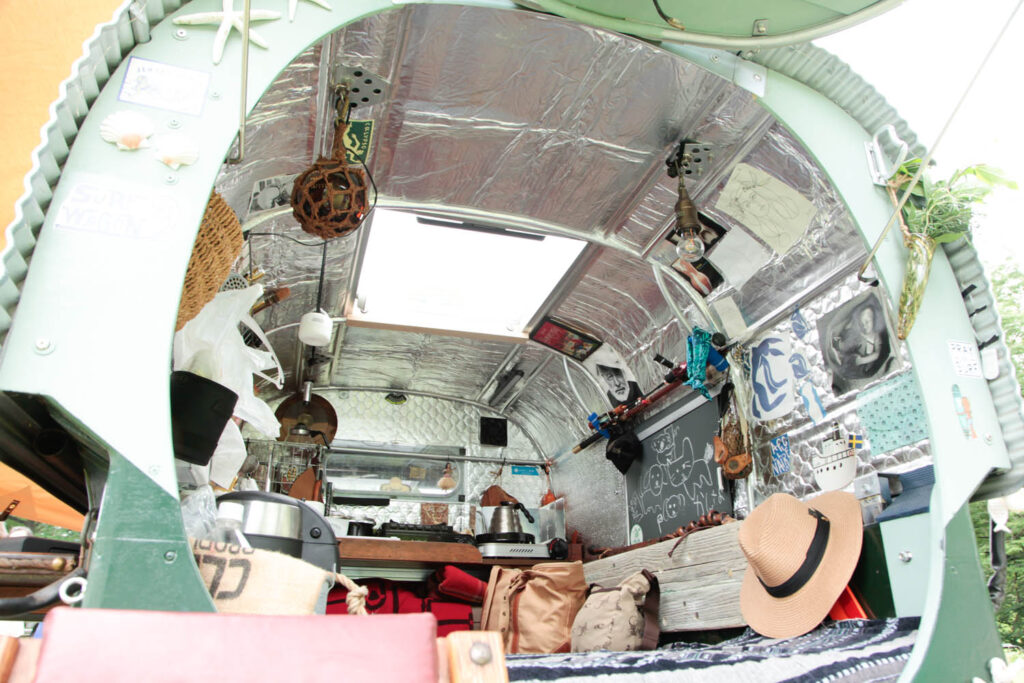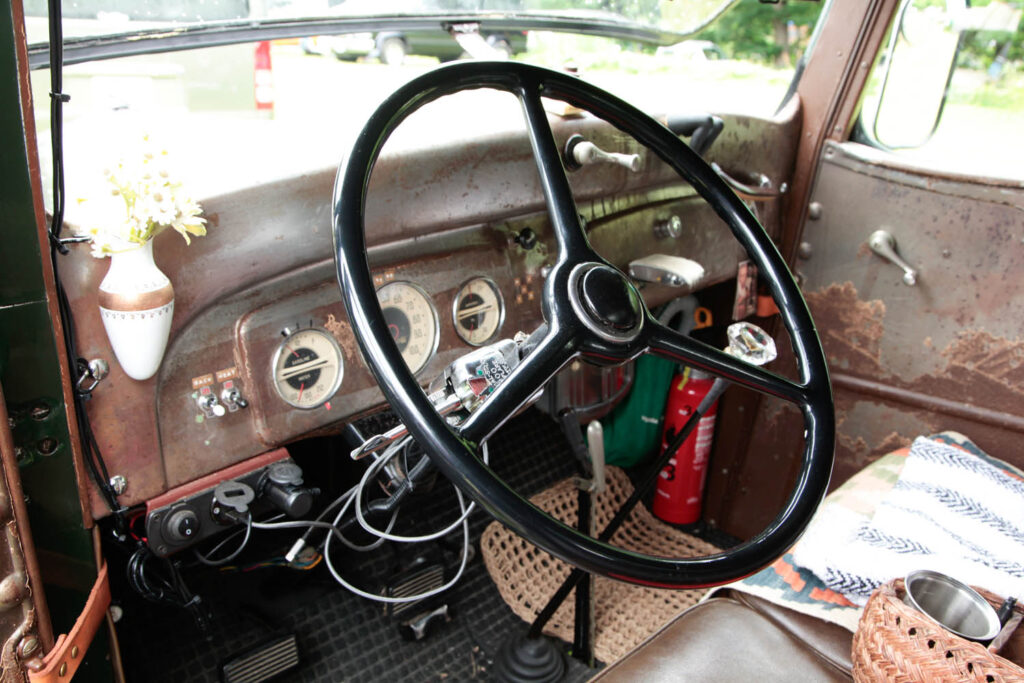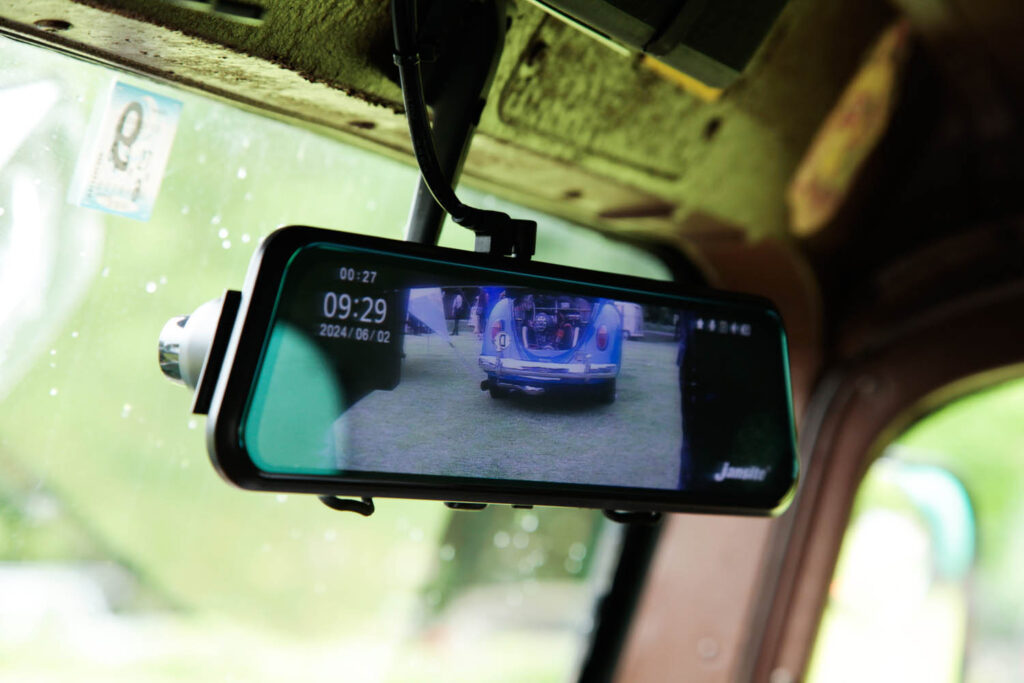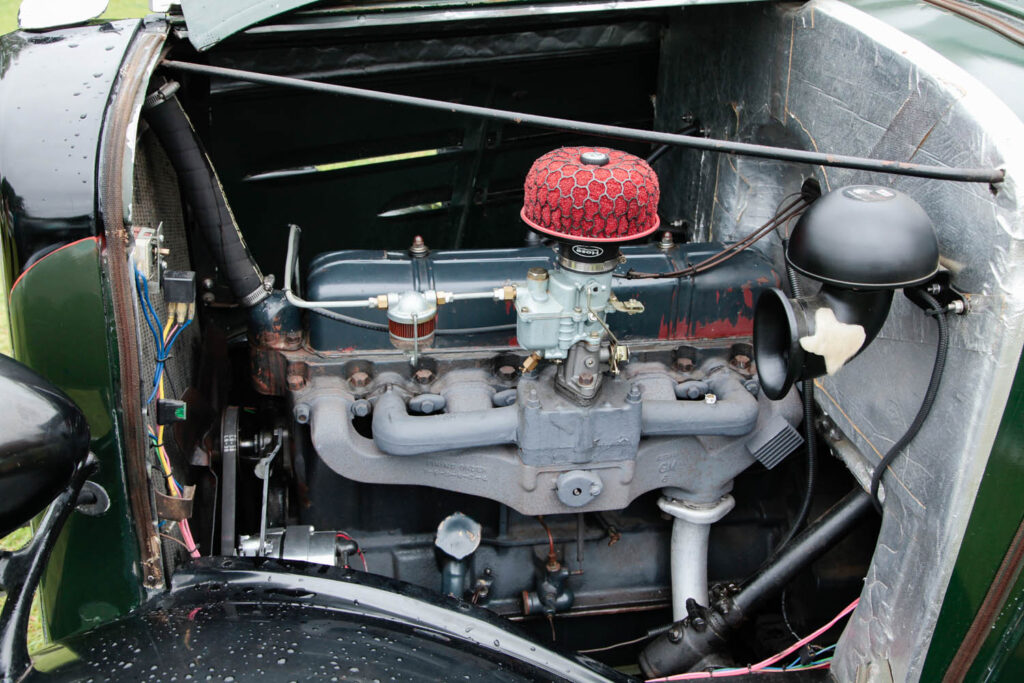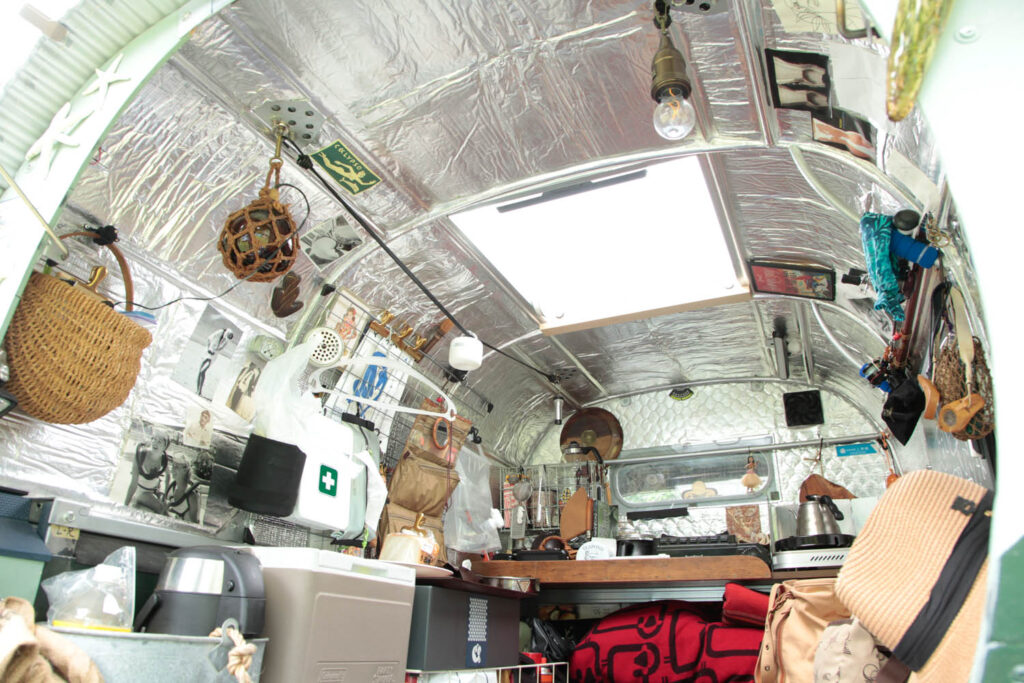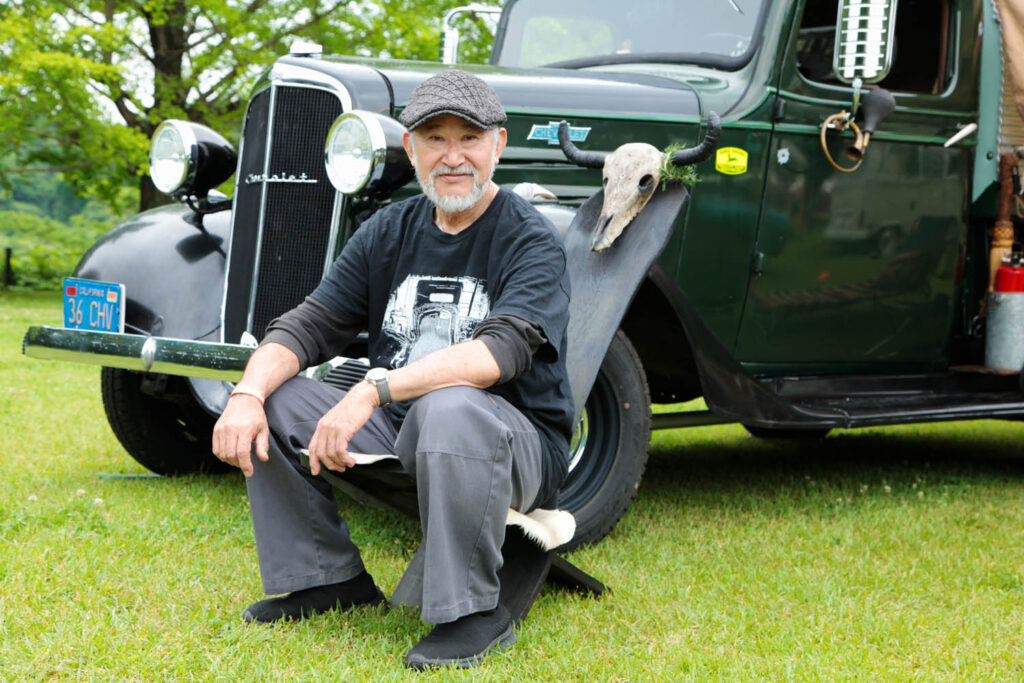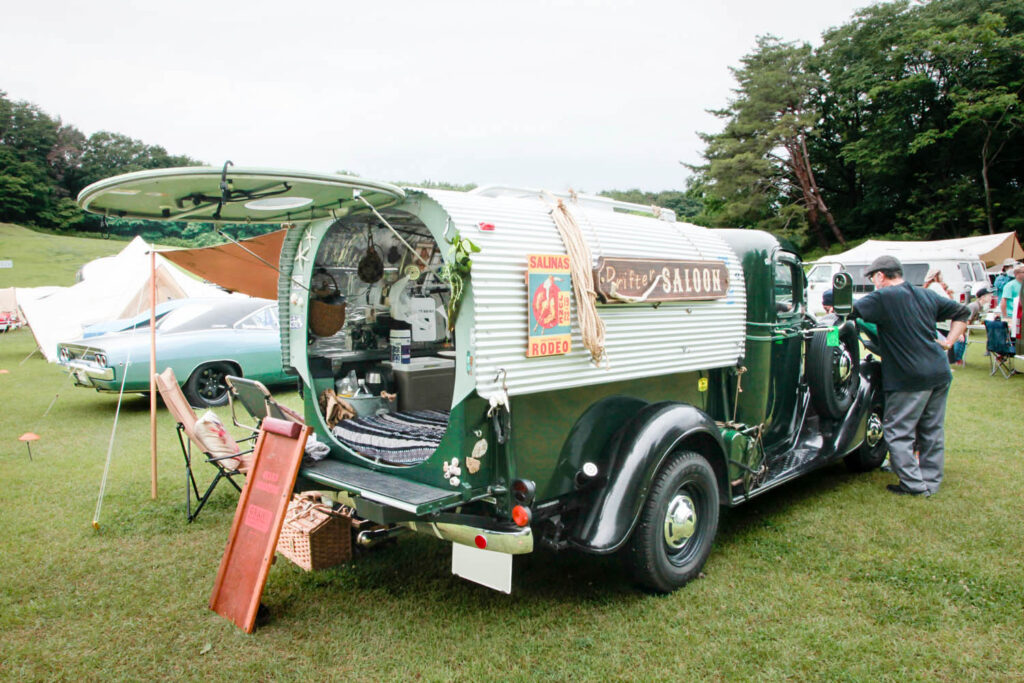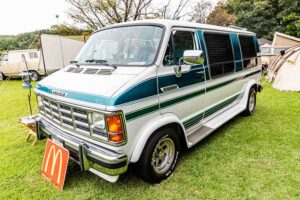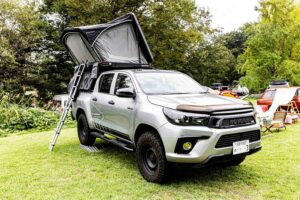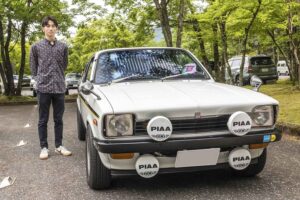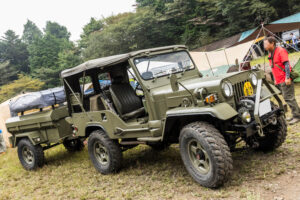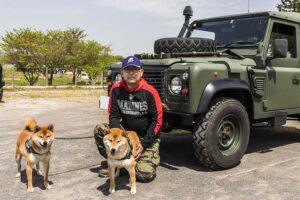Wagen driver bought a 1936 Chevrolet 1/2 ton pickup after retirement
Jun Ito customized a 1936 Chevrolet 1/2-ton pickup, a pre-war American commercial vehicle, into a DIY comfortable overnight car. That alone is amazing, but the tin-roofed domed camping shell is reminiscent of a former U.S. Army barracks, and the whole thing was tailored with the perfect concept of recreating a covered wagon from a nostalgic Western movie. We spoke with the owner, who was full of ideas.
I projected the afterimage of America that remained here and there in Japan when I was a child onto my beloved car
“Let’s Chill Out! (Let’s Chill Out),” held June 1-2, 2024 at the National Musashi Hills Park in Saitama Prefecture, is a new-style event that combines a car show and auto camping, with outdoor and custom cars at its core.
At the event, Jun Ito beautifully created the world of a Western movie, which he says he loves, by replacing the covered wagon with a pickup truck to resemble a caravan from the pioneer days of the West.
His favorite car, a 1936 Chevrolet 1/2-ton pickup, was purchased with his wife’s permission as a commemoration of his retirement from the company he worked for six years ago. Even his understanding wife, who had enjoyed living with him in an old Volkswagen Type 2 (a.k.a. Wagenbus) for many years, was surprised that he would ever get involved with a car so old.
“We grew up watching American TV dramas as children, and the images of Westerns and American farmer style that were inputted into our minds at that time were things we longed for.”
The homemade camping shell on the back of the truck is the second one
A camping shell with a dull, shiny galvanized exterior sits on the back of the truck, and it is said to be handmade by Mr. Ito.
This fishcake-shaped tin roof is based on a building called the Quonset Hut. Because they were easy to manufacture, lightweight, transportable, and multipurpose, they were made in large numbers in the U.S. during World War II and were also constructed in large numbers in Japan after the war as barracks and the like. It is one of the images of America that was burned into Mr. Ito’s mind when he was a child when there were still U.S. military bases and houses here and there.
This camping shell, which projects such an American image beautifully, is surprisingly the second one. The previous camping shell was made of wood and was featured in a feature article and on the cover of the DIY magazine “Dooper”. This time, he used a different method and completed a high-quality camping shell.
“I contacted the editorial department of Doopa to tell them that I had created a new one, but this one didn’t seem to be popular, perhaps because the magazine is mainly about woodworking DIY .”
The functional aspects of the car have been updated to meet modern traffic conditions
And not only the cars, but also the handmade items that create the camp site were well thought out and well balanced, creating a very nice space.
When we asked Mr. Ito, he told us that he had worked as a designer for an automobile manufacturer, introducing many products to the world.
Not only was it a beautiful presentation, but it was also updated in terms of functionality: the 1936 Chevrolet pickup’s electrical system was changed from 6V to 12V and halogen headlamps were installed to match the current traffic conditions. In addition, an electric fan was added, and other measures were taken to ensure that it would not be a problem in Japan in the 21st century.
“Shortly after I got it, I attended a gathering in Azumino of handmade campers based on light trucks, and on the uphill road over two mountain passes, when I downshifted, the RPMs also increased and the water temperature rose, and steam was blowing from the radiator cap. I managed to make it to the pass, traveling alone with a large truck close behind me on the pass, but that was the beginning of the countermeasures we took.”
At that time, he was still using a tent on the back of a truck, but he is still friends with fellow handmade campers he met at that time and exchanges information with them to this day.
“From now on, I’m going to enjoy the events by night and by morning,”
he said.
An outgoing Mr. Ito told us that in July he will go to a camping event at a village for young people seeking a new life deep in Lake Sagami. We are sure that Mr. Ito’s worldview will have a wonderful impact on the future of these young people.
translated by DeepL





